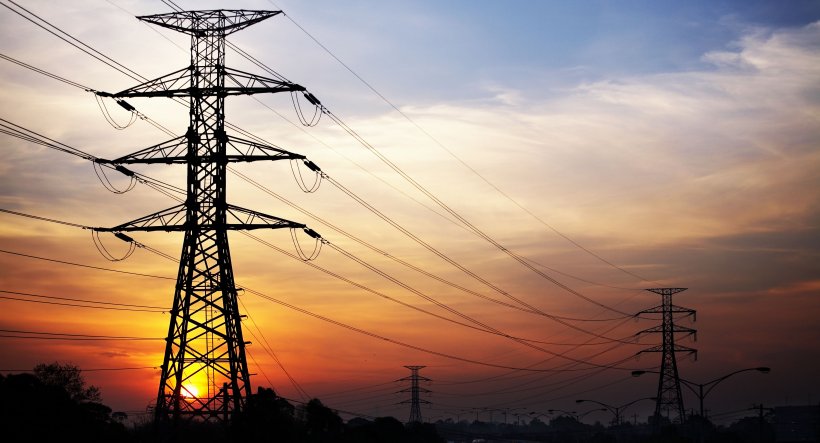CEBA Applauds Historic FERC Grid Planning Reforms

New Rules Will Enable Reliable, Affordable Energy and Economic Growth
The Clean Energy Buyers Association (CEBA) today welcomed final regulations from the Federal Energy Regulatory Commission (FERC) on regional transmission planning and cost allocation and interstate electric transmission permitting.
“U.S. innovation and economic growth increase demand for electricity in every state, and that means we need to update our 20th century power grid for the 21st century economy,” said Rich Powell, CEO of the Clean Energy Buyers Association, which represents more than 400 large energy customers, including one-fifth of the Fortune 500. “The reforms finalized by FERC today upgrade federal policies in ways that will foster an innovation-ready economy and keep power reliable and affordable for all Americans.”
“Ensuring grid reliability and affordability is of utmost importance to our manufacturing facilities,” said Rob Threlkeld, General Motors’ director of global energy strategy. “To achieve an efficient transmission system and access to cost-effective resources, it is crucial that we engage in proactive and comprehensive planning.”
“As cloud technology trailblazers, Salesforce heavily depends on a reliable electricity system. With increased grid constraints and failures, ensuring business continuity is a growing concern. We have an important opportunity to modernize and expand our electricity grid while enhancing reliability and lowering power costs through strategic and justified transmission upgrades.” — Salesforce, Inc.
“The backbone of America’s economic future is an expansive, reliable, and modern electric grid capable of delivering abundant and affordable clean energy to communities and businesses across the country,” said Andrew Peterman, director of advanced energy solutions at Rivian. “By rejecting the continued deterioration of our current system, these rules will drive equitable economic growth in rural and other underserved areas, spark new investment in high-growth sectors like electric mobility, and enable companies like Rivian to build new facilities and create U.S. manufacturing jobs.”
The U.S. electric grid is one of the greatest engineering feats of the 20th century, but it is in urgent need of 21st-century modernization. The grid is vital to our economy, our healthcare system, our national defense, and our homes and schools. Currently, nearly 2.6 terawatts of generation and storage of all types remain stuck in interconnection queues across the nation, in part due to transmission congestion that prevents these projects from coming online. FERC’s actions today take critical steps toward unlocking the economic and national security benefits that a modern grid can deliver.
The planning rule follows the long-established legal principle of “beneficiary pays,” which means those who benefit, pay. And because these rules are agnostic to energy resources, they do not establish a preference for any form of energy. New transmission investment is critical for accessing lower-cost and more affordable sources of energy, improving overall grid reliability and resiliency, and driving local economic development, especially in rural communities. As some of the nation’s largest energy customers, we share the goal of ensuring a grid that minimizes costs for all ratepayers while maximizing reliability.
States that lean into proactive, long-term planning for a modernized grid are going to be better positioned to capture the electricity cost savings that benefit their residents and attract new business investment that drives economic and job growth.
